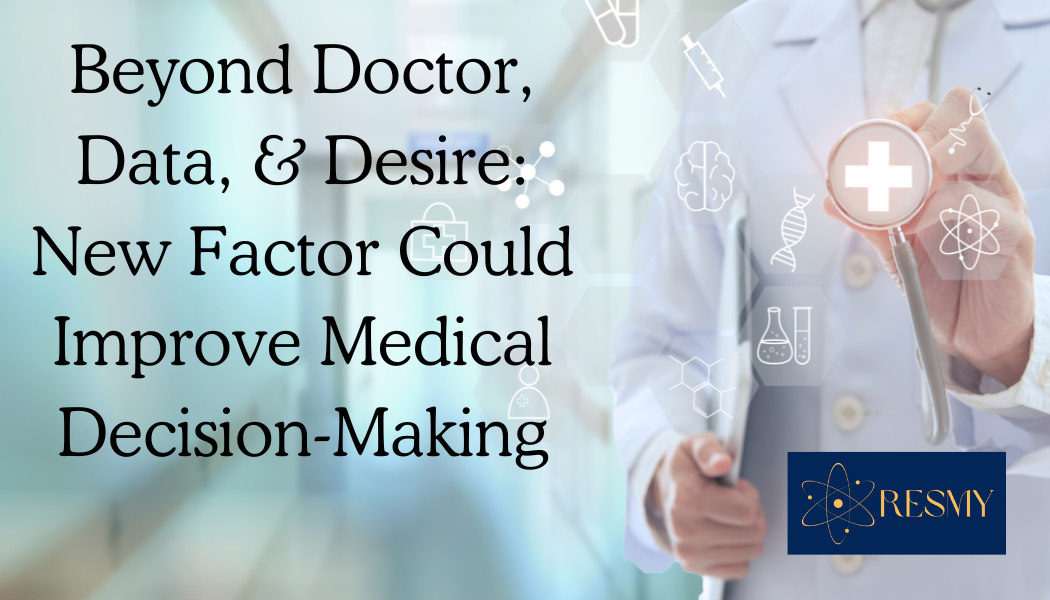Highlighted Post
Traditionally, doctors have relied on three pillars when making medical decisions: their clinical expertise, the latest scientific evidence, and the patient’s values and preferences. However, a new perspective argues that another crucial element deserves a seat at the table – the healthcare system itself.
The Existing Model: Balancing Expertise, Evidence, and Patient Choice
The Sackett model, widely used in evidence-based medicine, emphasizes the importance of considering all three elements:
- Clinical Judgment: A doctor’s experience and knowledge play a vital role in interpreting medical evidence and applying it to individual cases.
- Scientific Evidence: The latest research findings and clinical trials guide treatment decisions.
- Patient Values and Preferences: Understanding a patient’s individual needs, goals, and preferences is essential for shared decision-making.
The Missing Piece: The Healthcare System’s Influence
This article proposes adding a fourth factor to the model: the healthcare system and service organization. This includes:
- Health System: Health insurance coverage, availability of services and treatments, and access to assistive devices.
- Service Organization: The range and training level of healthcare professionals, along with the availability of diagnostic and treatment equipment within a specific facility.
The authors argue that these factors significantly influence the options available to both doctors and patients:
- Limited Resources: Limited insurance coverage or a lack of specialized services in a particular region might restrict treatment options.
- Equipment Availability: The absence of necessary diagnostic tools or specialized equipment within a facility could hinder a doctor’s ability to recommend the best course of action.
Benefits of Expanding the Model: Transparency and Patient Trust
By explicitly acknowledging the role of the healthcare system, this expanded model offers several advantages:
- Transparency: It provides a more comprehensive picture of the decision-making process, allowing patients to understand the limitations and possibilities within the healthcare system.
- Increased Patient Acceptance: Patients are more likely to trust and accept treatment recommendations when they understand the context and rationale behind them.
- Improved Decision-Making: Doctors can make more informed decisions by considering the practical limitations imposed by the healthcare system alongside other factors.
Looking Ahead: Refining the Model and Its Impact
This proposed addition to the evidence-based decision-making model requires further discussion and research. The specific components of the “healthcare system and service organization” factor need to be clearly defined and studied.
However, the initial concept holds significant promise. By acknowledging the realities of the healthcare system, doctors and patients can work together towards more informed, transparent, and ultimately, more effective healthcare decisions. This expanded model could have implications beyond rehabilitation medicine, potentially influencing decision-making across various medical fields.
Source: Here
Other Topics: Medicine and Health Science, Natural Science, Agricultural Science, Engineering & Technology, Social Sciences & Humanities

